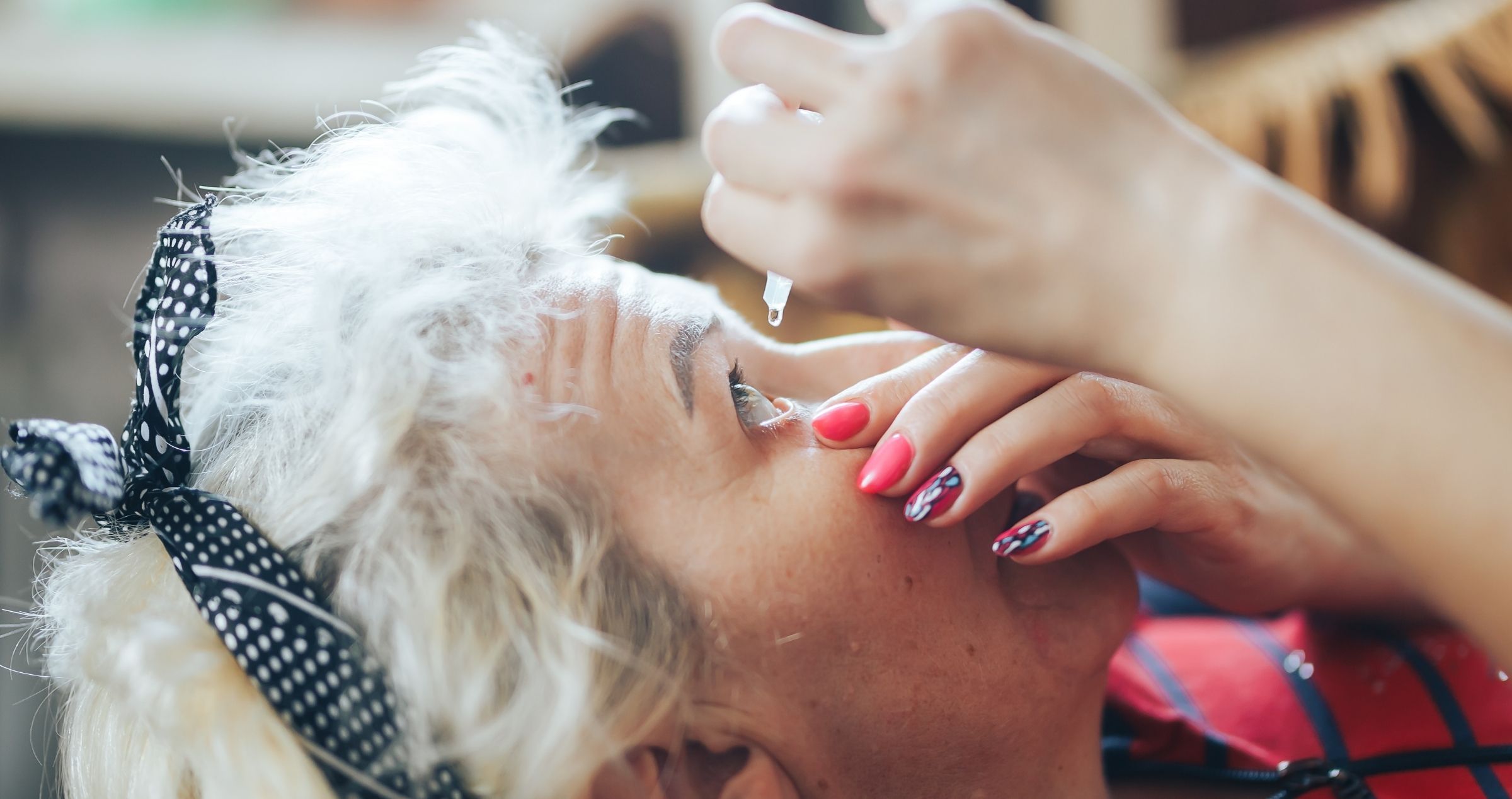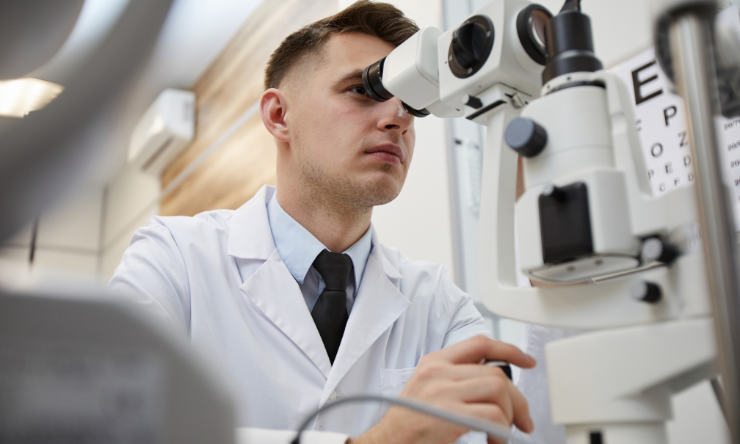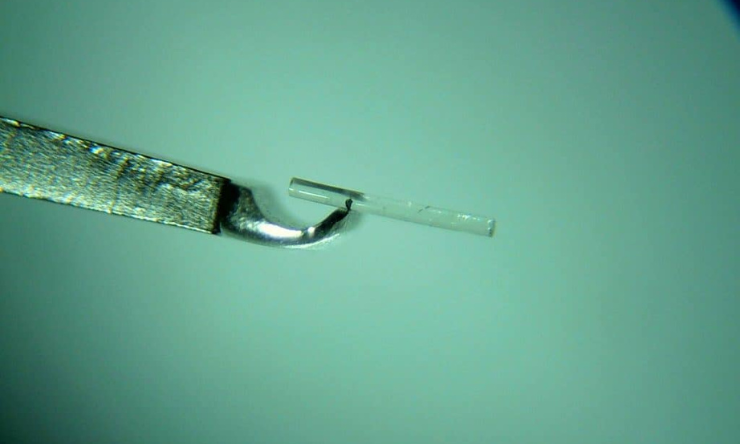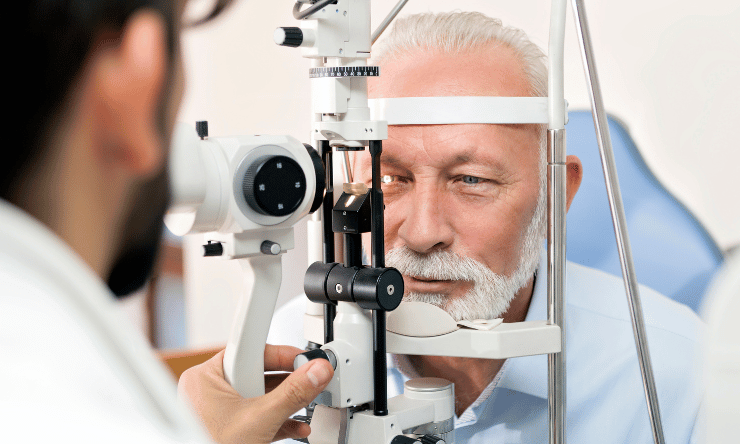Share
Most people with glaucoma are able to manage their condition successfully with the use of eye drops, and at times laser treatment. However your ophthalmologist may recommend surgery if eye drops and laser have not had the desired effect.

Glaucoma surgical procedures include:
Minimally Invasive Glaucoma Surgery (MIGS)
- iStent Inject
- Hydrus
- Xen Gel Glaucoma Implant
Incisional Surgery
- Trabeculectomy
- Glaucoma Drainage Devices
ALL eye surgery no matter how minor or invasive, increases the risk of infection in the eye and can also cause swelling or inflammation at and around the site of the surgery. This is unrelated to the surgeon’s precision. All eye surgeries involve an incision or puncture entry point through which to operate and it is this entry point where a potential infection may occur.
Eye drops are therefore prescribed by the operating surgeon to help reduce the risk of infection and inflammation of the eye. These usually include:
- An antibiotic drop to fight the risk of infection.
- A drop to limit the degree of inflammation or swelling around the site of surgery.
- A drop to reduce the risk of elevated eye pressures post-operation may or may not be given. You may also be prescribed oral medications to reduce the eye pressure if needed.
- Lubricating eye drops to keep the eye comfortable post-surgery. Preservative-free versions of lubricating drops may cause less irritation.
Immediately after surgery is an important time for recovery. Following your surgeon’s instructions and post-op treatment regime is vital to ensure a successful recovery.
Important tips to remember:
- Use ALL prescribed post-operative eye drops as indicated by your specialist in the post-operative instructions.
- Do NOT instil drops that have already been opened into you newly operated eye as this increases the risk of infection.
So remember: Only instil eye drops from new unopened bottles into a newly operated eye from day 1.
- At your first post-op appointment with your specialist ALWAYS check whether:
a. You should continue using your usual glaucoma eye drops post-op? If so remember do NOT use the opened bottles.
OR
b. You should stop using your usual glaucoma eye drops until your next post-operative appointment with your specialist.
- Always wash your hands before instilling your eye drops and NEVER touch the eye surface with the bottle tip. Use a clean tissue to wipe eyes and not a handkerchief.
- Your first post-operative appointment time is usually indicated in your post-operative instructions. If this is not the case, ring your specialists practice immediately when you return home from surgery and organise one.
- Take all your prescribed drops with you to every appointment.
- Some steroid anti-inflammatory eye drops can increase the eye pressure. Your surgeon will prescribe eye drops that are safe for you.
- Signs and symptoms to look out for and when to contact your surgeon:
a. Increased redness, pain or discharge of the eyes.
b. Blurry vision that is getting worse.
c. Headaches or feeling of pressure behind the eyes.
d. Increased burning, stinging or itchy eyes or skin around eyes with use of eye drops.
e. Any unexpected symptoms you experience.


